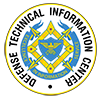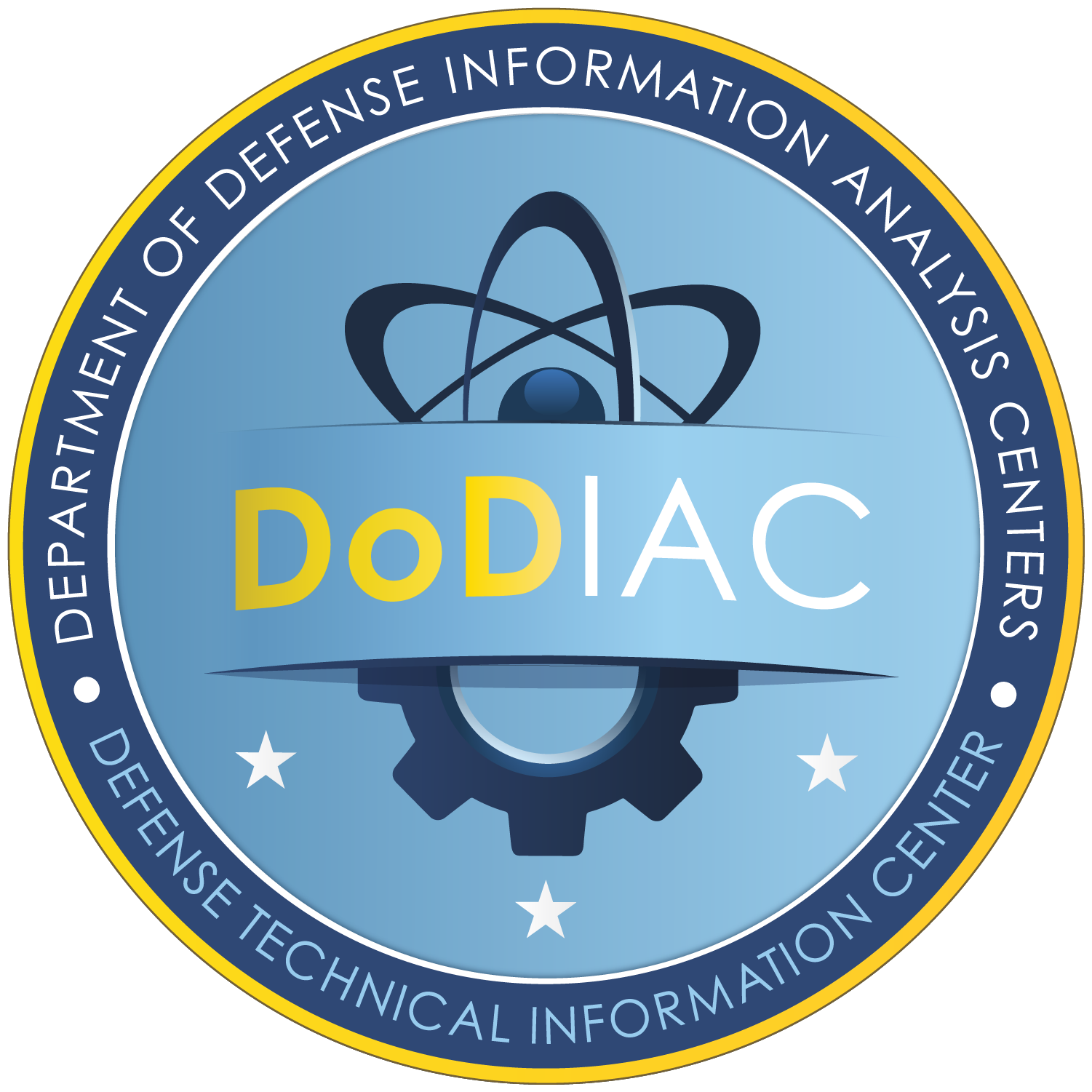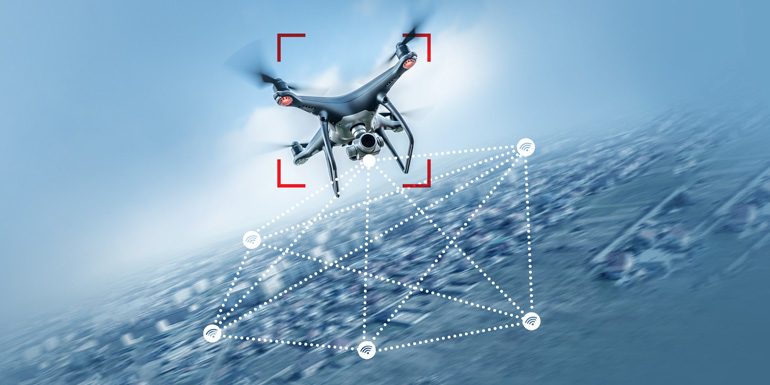Summary
This article explores the potential integrated sensing and communication (ISAC) protocols for detecting small unmanned aerial vehicles (UAVs). The convergence of communication and sensing technologies presents a unique opportunity to enhance UAV detection capabilities, leveraging existing communication infrastructure and spectrum resources. By integrating radar sensing functionalities with communication systems, these protocols enable localization, tracking, and identification of small UAVs. The cellular communications standardization body Third Generation Partnership Project (3GPP) is considering adding these capabilities in its future standards specifications.
The underlying principles of joint sensing and communication, the specific modifications proposed in 3GPP standards, and implementation challenges are also discussed. The International Telecommunication Union (ITU) envisions ISAC use in various environments in the year 2030 and beyond. Its potential to improve security and situational awareness in homeland security and defense applications is highlighted. Adopting 3GPP integrated sensing and communication protocols is recommended to provide a cost-effective, scalable, and robust solution for small UAV detection and pave the way for future advancements in autonomous surveillance and airspace management.
Introduction
This article examines a promising area at the intersection of communication and sensing technologies, focusing on protocols designed to detect small UAVs. ISAC protocols use communication infrastructure to perform dual roles of communications and sensing based on radar principles. This approach capitalizes on existing spectrum and network resources to enhance the detection capabilities, including for small UAVs. Integrating radar sensing with communication infrastructure is expected to offer a more efficient way to localize, track, and identify small UAVs by leveraging existing communication networks, such as those outlined in cellular communication standards.
The 3GPP, a leading cellular communications standards body, is considering incorporating these protocols into future standards. These modifications would add functionalities for sensing and communication, enabling enhanced UAV detection through existing mobile networks. Some of the challenges to integrating ISAC into 3GPP standards include ensuring adequate spectrum allocation, addressing power and latency constraints, and developing modulation schemes and protocols that can handle the dual nature of communication and sensing. Also, security concerns and privacy issues, especially in civilian applications, would need consideration.
Use Cases
The broad range of use cases for ISAC technologies is introduced in this section, followed by the results of studies on their effectiveness. Then, ISAC benefits in a UAV monitoring use case are presented. Next, the relevance of an ISAC UAV monitoring use case to the U.S. Department of Defense (DoD) and Department of Homeland Security (DHS) scenarios is highlighted. Finally, select parameters of interest for generating the requirements in a homeland security use case are discussed.
Use Case Variety
ITU envisions that integrating sensing and communication into the next generation of infrastructure will enable new applications [1]. Several application scenarios have been considered, including high precision range/velocity/angle estimation, assisted navigation, environmental monitoring for rain or pollution, human activity recognition, vehicle-to-everything communications, drone monitoring and management, smart manufacturing, and industrial Internet-of-Things (IoT) [2, 3].
The use case studies in real-world environments have been done to develop effective ISAC protocols [4, 5]. The studies show that ISAC improves situational awareness and security by utilizing communication networks to detect and track objects such as UAVs across different settings like urban and remote areas. The technology has significant potential for enhancing autonomous surveillance, airspace management, and defense operations, particularly in detecting small UAVs in restricted areas or critical infrastructures. The joint approach would provide a more scalable and robust solution compared to traditional standalone radar systems.
ISAC Benefits for UAV Monitoring
Whereas, UAV monitoring systems have traditionally used dedicated equipment and frequency bands, ISAC provides an attractive alternative. Figure 1 shows the key advantages of using ISAC in this application scenario.
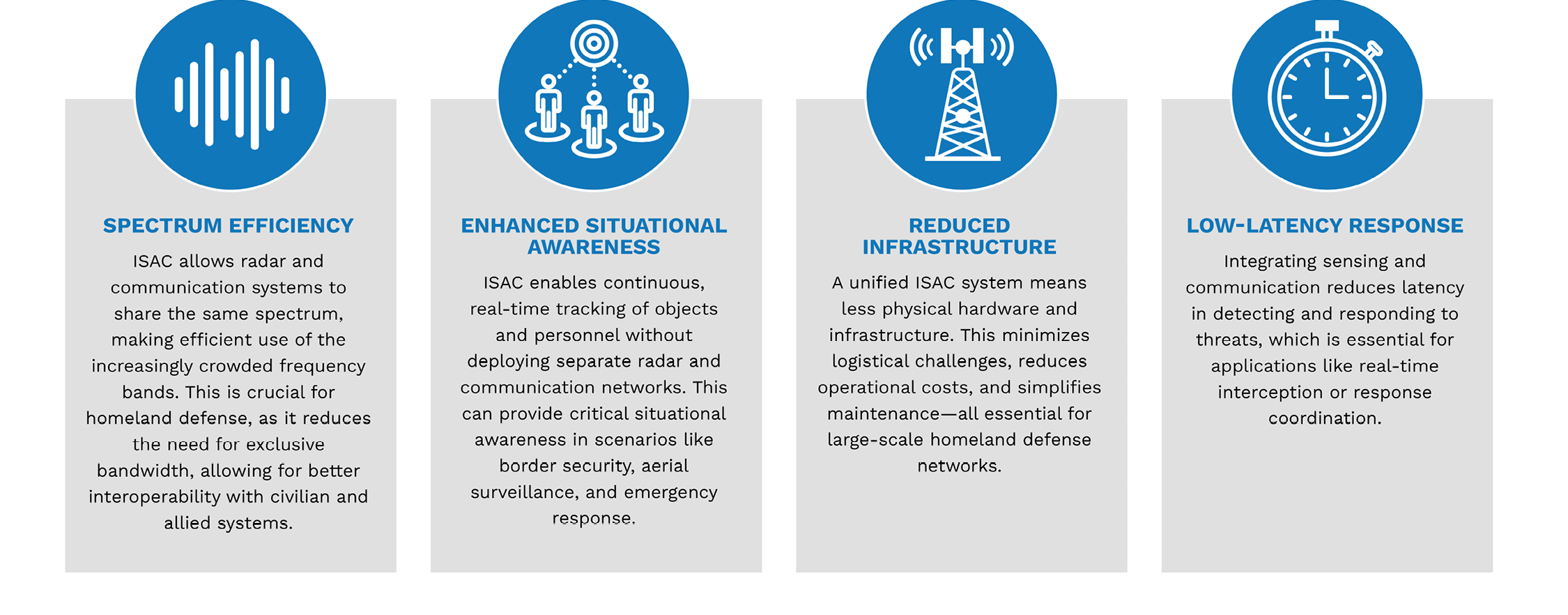
Figure 1. Advantages of Using ISAC (Source: Canva).
DoD and DHS Specific Use Cases
Homeland security can be significantly enhanced by using upcoming ISAC technologies. Several UAV use cases have been proposed and studied that infer information from communication signals for drone detection and tracking and perform satellite-based imaging and broadcasting and drone swarm synthetic aperture radar imaging, monitoring, and management [6, 7]. The possibilities where the capabilities could be leveraged to augment and enhance homeland security are analyzed. Some specific use cases with high potential are summarized next.
- Border Surveillance and Monitoring: ISAC systems can be deployed at border locations to detect unauthorized movement while maintaining communication with patrol units. Integrated radar capabilities detect potential threats, while communication ensures secure, real-time updates to command centers.
- Air Defense and UAV Tracking: In airspace monitoring, ISAC allows the same system to detect and track UAVs or other aircraft while communicating with nearby ground stations or fighter jets. This dual functionality is especially valuable in counter-drone operations. A notional counter-drone use case is depicted in Figure 2, where air defense and tracking show UAV detection. This is followed by communication with a command-and-control center, which directs air vehicles for monitoring and interception.
- Maritime Domain Awareness: Coastal defense can benefit from ISAC systems on naval vessels, combining radar sensing for ship tracking with secure communication for naval operations and fleet coordination.
- Critical Infrastructure Protection: ISAC can monitor the perimeter of critical sites (e.g., power plants and government facilities) and maintain communication with security teams, integrating threat detection and secure response.

Figure 2. Notional Air Defense and UAV Tracking Use Case (Source: A. Soomro and M. Norton).
Requirements
Effective UAV detection for homeland defense requires a multisensor, adaptable system that operates in real time, classifies UAVs accurately, integrates seamlessly with response mechanisms, and is designed to handle various environments and threat types. By combining radar, radio frequency (RF), electro-optical and infrared (EO/IR) cameras, and acoustic sensors with advanced processing and artificial intelligence (AI), homeland security can address the evolving threat posed by UAVs.
Salient requirement parameters of ISAC-based UAV detection in homeland security specific use cases are introduced in Tables 1–4. From a user perspective, the following four broad categories are identified:
- Detection range and coverage
- Tracking and classification capabilities
- Adaptability to diverse environments
- Operational and maintenance requirements
Table 1. Detection Range and Coverage

Table 2. Tracking and Classification Capabilities
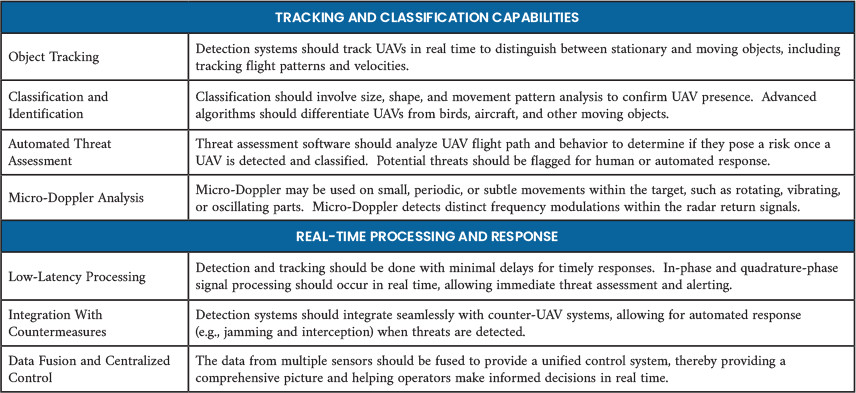
Table 3. Adaptability to Diverse Environments

Table 4. Operational and Maintenance Requirements

From a technology perspective, several configuration options and capabilities are grouped into three broad categories—multisensor fusion, real-time processing and response, and advanced analytics and AI integration. Finally, a broad category of compliance with regulatory frameworks such as privacy protections and frequency regulations is identified. Several subcategories of each category and their associated requirements are listed in the tables.
Technologies
Modulation Possibilities
Several modulation schemes have been proposed to address distinct requirements on joint signal design for communications systems and sensing systems. Whereas 3GPP communications standards’ focus for communications has been on spectral efficiency, interference robustness, and operation in fading channels, the performance of sensing systems is measured by target parameter estimation at high resolutions. The disparate technical requirements of sensing signal design are prepared first, and then an overview is presented of different modulation schemes researched for ISAC.
Key performance metrics to assess ISAC signals for sensing applications are resolution, Doppler sensitivity and tolerance, peak-to-average power ratio, mutual information, and data information rate. The resolution metric measures the effectiveness of a signal to distinguish multiple targets in space domain. The Doppler sensitivity metric captures the robustness of the signal to estimate the target motion, whereas Doppler tolerance signifies the range of the target velocity estimate within certain error bounds. The peak-to-average power ratio metric captures the output power amplifier’s dynamic range requirements. The mutual information metric is a measure of the signal to carry target information in reflected echo. Finally, the data information rate metric measures the data information rate of the signal. The sensing signal performance metrics are summarized in Liu et al. [3] and Wei et al. [9].
3GPP fourth generation and fifth generation (5G) signals are based on orthogonal frequency division multiplexing (OFDM). Therefore, several proposed ISAC modulation schemes are variations or modifications of the OFDM modulation scheme [9]. Though the unchanged 5G OFDM signal can be used for ISAC with acceptable performance, a high peak-to-average-power-ratio requirement to detect the original and reflected signal simultaneously opens the door to search for alternatives.
The modified OFDM modulations schemes can be placed into three classes [9]—combinations of OFDM and linear frequency modulation, combinations of OFDM and phase coding, and combinations of OFDM and spread spectrum techniques. Additionally, the following modulation schemes proposed for 5G Advanced and sixth generation (6G) 3GPP standard have been studied for ISAC applications:
- Filter Bank Multi Carrier
- Generalized Frequency Division Multiplexing
- Discrete Fourier Transform – OFDM
- Orthogonal Time Frequency Space
The modifications aim to improve sensing performance metrics while reducing impact on key communication performance metrics.
Communication Channels
Accurate channel models are needed to provide a basis to test new waveforms for ISAC applications. Whereas, sufficiently valid models exist for communication signal design, three differing ISAC application characteristics call for new models. First, the UAV objects are often moving, sometimes in clusters, which makes the RF channel vary over time and space. Second, in higher frequencies like millimeter-wave-terahertz, the channel characteristics are different. Third, ultra-massive, multiple-input multiple-output technologies at high frequencies provide needed directionality in ISAC applications for directing beams and receiving faint echoes. However, these characteristics present channel variations over space, time, and frequency in two ways—in communication literature as channel nonstationarity and consistency [10].
3GPP is considering how to develop criteria and accept validated models to form a basis for over-the-air interface standardization. Extensive research has been reported to propose, analyze, and adopt these models in 3GPP standardization bodies [10, 11]. Due to a wide variety of ISAC application scenarios and corresponding requirements applicability, different technical aspects are prioritized to make trade-offs. Validating the models in field trials is time consuming, and more experimental data would be welcomed. However, progress is being made at a fast pace due to active interest by researchers, institutions, businesses, and standards bodies in ISAC.
Assessments
The ISAC paradox refers to the complex trade-offs between two critical functions—sensing (like radar) and communication (like data transmission)—that share the same spectrum, hardware, or operational resources. The paradox emerges because each function has inherently different requirements, and optimizing for one often degrades the performance of the other. The following five key dimensions are reviewed, wherein conflicting requirements compel tradeoffs:
- Spectrum Sharing: Sensing (e.g., radar) and communications both demand large amounts of bandwidth, but they use it in fundamentally different ways. Communication systems prioritize high data rates and low latency, whereas sensing systems often require high resolution and waveforms designed to optimize the radar’s ability to detect and measure target information (i.e., position, velocity, and target shape). When these systems operate on the same frequencies, interference management becomes challenging, potentially reducing the performance of both.
- Waveform Design: ISAC requires waveforms that balance the needs of sensing and communication. Communication waveforms typically prioritize signal efficiency, such as high modulation and coding schemes, which may not be ideal for sensing applications. On the other hand, sensing waveforms are designed to extract spatial and velocity information, often requiring different pulse structures that may not carry information efficiently for communication.
- Power and Resource Allocation: High power levels benefit radar sensing, as they improve detection accuracy and range. However, in a communication context, high power can cause interference and degrade the quality of service for users. Striking the right balance in power allocation for ISAC applications is difficult and can limit the performance of both functionalities.
- Security and Privacy Concerns: Since ISAC systems use shared hardware and resources, securing both functions simultaneously can be difficult. Communication signals may be encrypted to prevent interception; however, such encryption can hinder their use in sensing applications, especially if low latency is needed for sensing (like in military or autonomous applications).
- Latency and Reliability: Sensing may require real-time responses, especially in military or critical infrastructure contexts. Communications, while also latency-sensitive, often have more flexibility. However, when integrated, latency-sensitive sensing requirements can impact communication network design and may force compromises in data rate and reliability.
The ISAC paradox is about balancing these competing needs within a single integrated system, especially in scenarios where efficiency, real-time performance, and security are paramount—e.g., in military, autonomous, and industrial IoT applications.
ISAC implementations for UAV detection necessitate distinct optimizations in private and public networks due to differing operational goals and constraints. In private networks, such as those deployed for critical infrastructure protection, defense, or industrial facilities, UAV detection systems must prioritize high accuracy, rapid response times, and robust security to identify and mitigate potential threats in real time. These systems may leverage dedicated spectrum resources, advanced radar-like sensing integrated with 5G/6G, and localized processing to provide precise tracking and identification of UAVs in controlled environments. However, public 5G networks, which serve a wide range of consumer and commercial applications, must implement UAV detection in a way that balances scalability, cost-efficiency, and minimal interference with ongoing communications services. Public network solutions would rely on standardized protocols and shared spectrum to provide generalized UAV detection. That is, their focus would be on broad area coverage and interoperability with existing infrastructure rather than high precision or security.
Conclusions
Current research suggests that integrating ISAC protocols in 3GPP standards would lead to future innovations in autonomous UAV detection systems. These could support new forms of autonomous airspace management, offering a flexible, cost-effective solution for tracking drones in dynamic environments. The technology could be particularly relevant for defense applications, such as enhancing security around critical infrastructure and providing early warning systems for UAV intrusions. It may also facilitate advancements in autonomous air traffic management systems for civilian and military use.
Acknowledgments
The authors are grateful to their collaborators at the DoD Chief Information Officer 5G Cross Functional Team for their invaluable input and partnership throughout this project.
References
- ITU-R. “Future Technology Trends of Terrestrial International Mobile Telecommunications Systems Towards 2030 and Beyond.” https://www.itu.int/dms_pub/itu-r/opb/rep/R-REP-M.2516-2022-PDF-E.pdf, accessed on 25 March 2025.
- 3GPP. “TR 22.837 Feasibility Study on Integrated Sensing and Communication (Release 19).” https://portal.3gpp.org/desktopmodules/Specifications/SpecificationDetails.aspx?specificationId=4044, accessed on 19 November 2024.
- Liu, F., Y. Cui, C. Masouros, J. Xu, T. Xiao Han, Y. C. Eldar, and S. Buzzi. “Integrated Sensing and Communications: Toward Dual-Functional Wireless Networks for 6G and Beyond.” IEEE Journal on Selected Areas in Communications, vol. 40, no. 6, pp. 1728–1767, June 2022.
- Jiang, W., A. Wang, Z. Wei, M. Lai, C. Pan, Z. Feng, and J. Liu. “Improve Sensing and Communication Performance of UAV via Integrated Sensing and Communication.” International Conference on Communication Technology Proceedings, ICCT, Institute of Electrical and Electronics Engineers Inc., pp. 644–648, 2021.
- Yang, W., Y. Chen, N. Cardona, Y. Zhang, Z. Yu, M. Zhang, J. Li, Y. Chen, and P. Zhu. “Integrated Sensing and Communication Channel Modeling and Measurements: Requirements and Methodologies Toward 6G Standardization.” IEEE Vehicular Technology Magazine, vol. 19, no. 2, pp. 22–30, June 2024.
- Cui, Y., F. Liu, X. Jing, and J. Mu. “Integrating Sensing and Communications for Ubiquitous IoT: Applications, Trends, and Challenges.” IEEE Netw., vol. 35, no. 5, pp. 158–167, September 2021.
- Bisio, I., C. Garibotto, H. Haleem, F. Lavagetto, and A. Sciarrone. RF/WiFi-Based UAV Surveillance Systems: A Systematic Literature Review. Elsevier B.V., 1 July 2024.
- Nassif, C. M. “Electronic Conspicuity: Exploring the Use of Advanced Radiofrequency Technologies to Enable Unmanned Aircraft Systems Integration.” https://www. transportation.gov/sites/dot.gov/files/2025-01/Electronic-Conspicuity_White-Paper_011625.pdf, accessed on 25 March 2025.
- Wei, Z., H. Qu, Y. Wang, X. Yuan, H. Wu, Y. Du, K. Han, N. Zang, and Z. Feng. “Integrated Sensing and Communication Signals Toward 5G-A and 6G: A Survey.” IEEE Internet Things J., vol. 10, no. 13, pp. 11068–11092, July 2023.
- Cheng, X., Z. Huang, and L. Bai. “Channel Nonstationarity and Consistency for beyond 5G and 6G: A Survey.” IEEE Communications Surveys and Tutorials, vol. 24, no. 3, pp. 1634–1669, September 2022.
- Liu, T., K. Guan, D. He, P. Takis Mathiopoulos, K. Yu, Z. Zhong, and M. Guizani. “6G Integrated Sensing and Communications Channel Modeling: Challenges and Opportunities.” IEEE Vehicular Technology Magazine, vol. 19, no. 2, pp. 31–40, June 2024.
Biographies
Amjad Soomro is a member of AMZE Technologies, a consulting firm. His research interests include wireless communications, computer communications, digital signal processing, and real-time processing. He previously worked as a senior computer engineer at the U.S. Air Force Research Laboratory, a senior member of the research staff at Philips Research, and a research and development engineer in the digital signal processing group at Hewlett Packard. He is credited with 40 granted patents and 15 publications in referred scientific journals and conferences. Dr. Soomro holds a B.S. and M.S. in electrical engineering from King Fahd University of Petroleum and Minerals and a Ph.D. in electrical engineering from the University of Maryland at College Park.
Mark Norton serves as the chief communications engineer for Analytic Services and supports the DoD Chief Information Officer, Command, Control, Communications, and Infrastructure 5G Cross Functional Team. His focus is developing and standardizing 5G technologies through active participation in the Institute of Electrical and Electronics Engineers and 3GPP working groups. He previously held program management positions at the U.S. Army Communications-Electronics Research Development and Engineering Center, the National Reconnaissance Office, and the Defense Airborne Reconnaissance Office. Mr. Norton holds a B.S. in physics from Johns Hopkins University, an M.S. in electrical engineering from George Washington University, and an M.S. in telecommunications from George Mason University.
